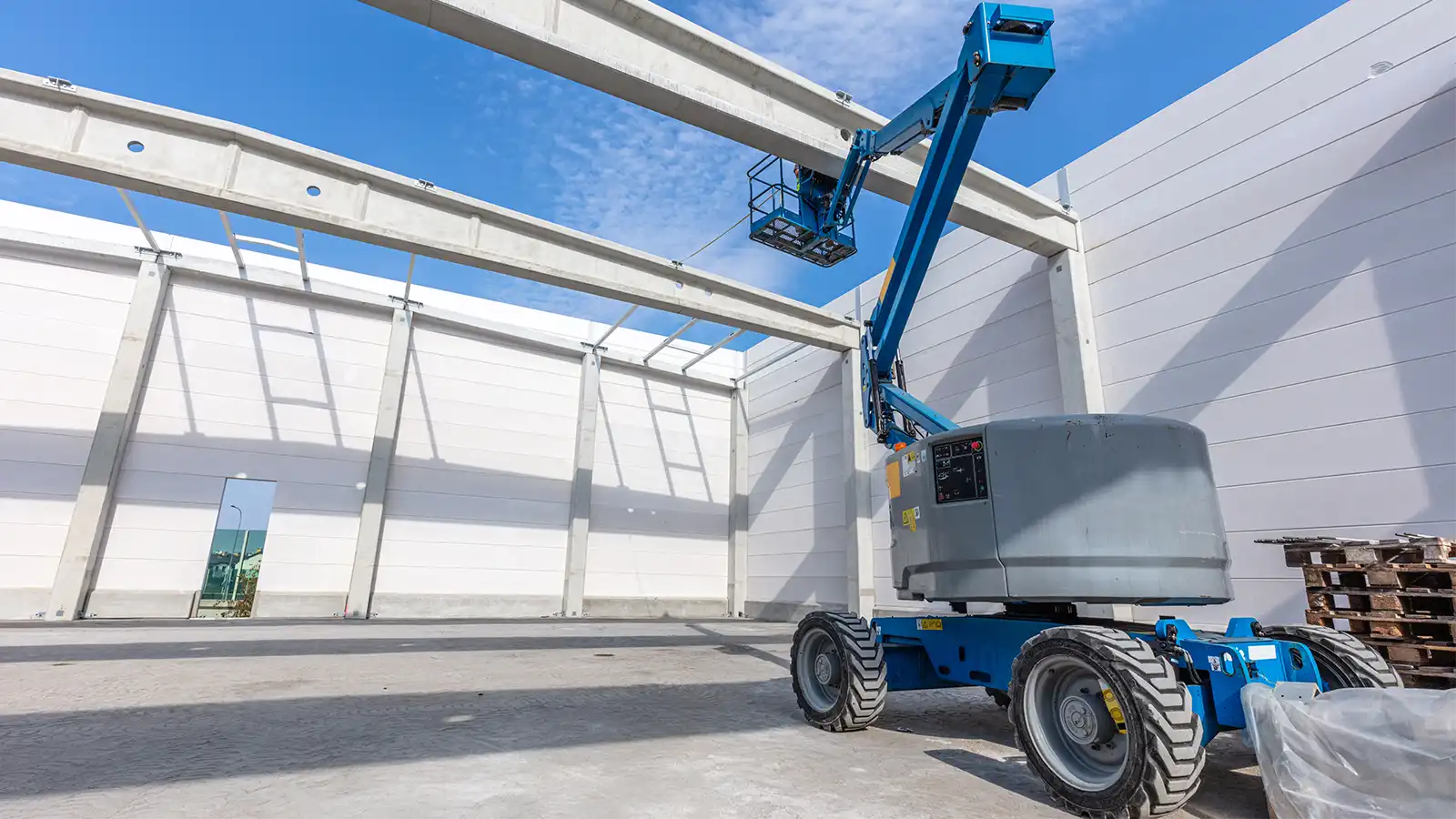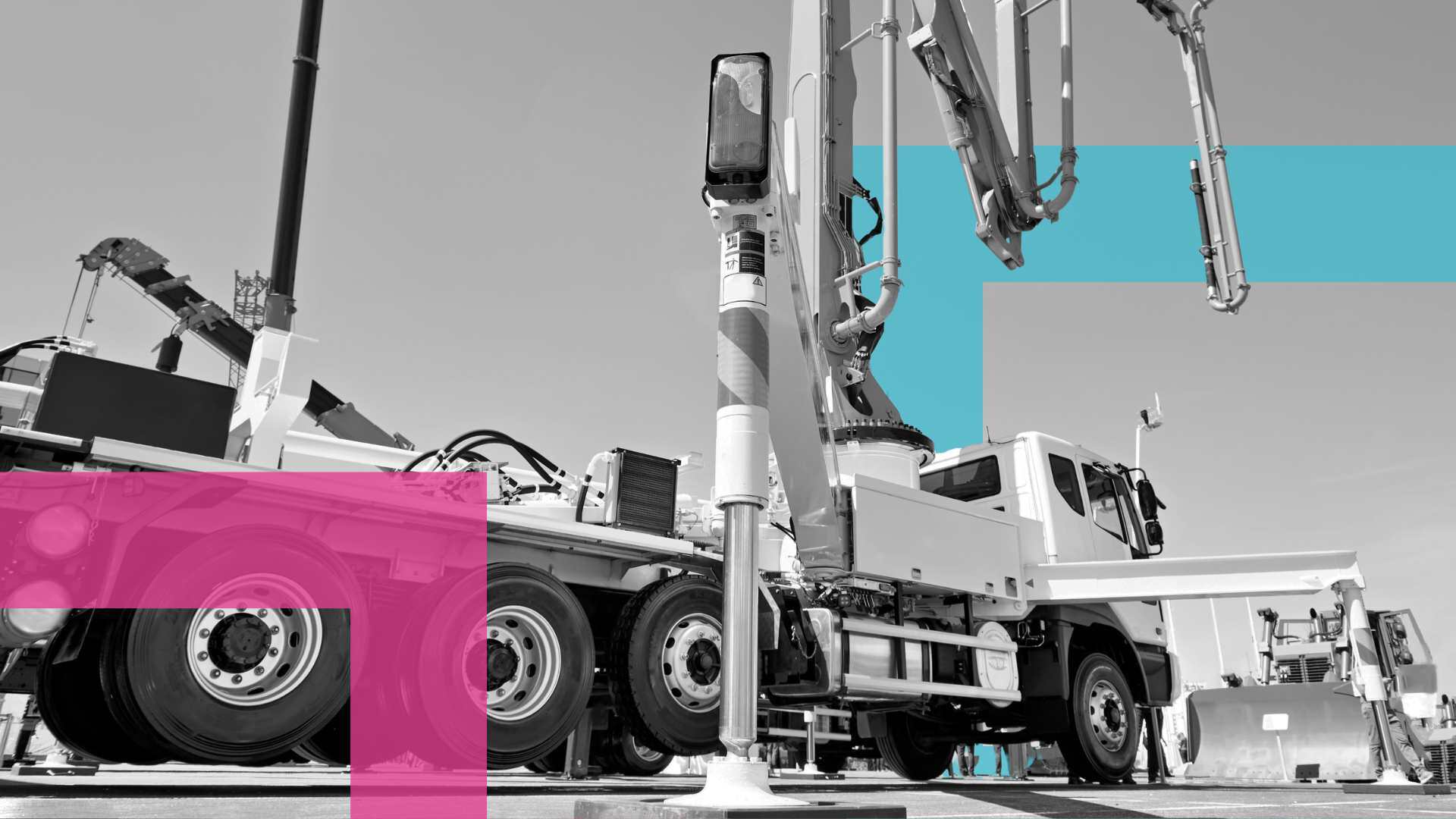Pre Start Plus rebranded to Ideagen Asset Guard
Ideagen Plant Assessor is pleased to announce the rebrand of its flagship pre-start app, Pre Start Plus, to Asset Guard. This rebrand aligns with...
|
|
Machinery Pre Starts
|
|
|
Risk Management &
|
|
|
Document Management
|
|
|
Dashboards & Reporting
|
|
|
Machinery Risk Assessments
|
|
|
Service & Maintenance
|
|
|
Safe Operating Procedures
|
|
|
MySite
|
|
|
View All Features |
Case Studies
Hear from our clients
Events
Find us at industry events
Guides
Find industry-specific guides
Learn
Educational content
News & Articles
Industry news and articles
Safety Legislation
We keep up with safety legislation
so you don't have to
Videos
Find overviews and informative
videos here
Webinars
View upcoming and on-demand webinars
Promotions
See our current promotions
FAQ
All of our frequently asked questions
Help Centre
How to use our software
View a Demo
Let us walk you through Ideagen Plant Assessor features
Release Centre
Product updates and release information
4 min read
![]() Matt Ireland
:
August 2023
Matt Ireland
:
August 2023

Mobile Elevating Work Platforms (MEWPs) are widely used machines designed to facilitate access to raised working areas.
In Australia, several crucial standards are in place to regulate the design, operation, and maintenance of MEWPs. These standards play a vital role in providing guidance for the safe operation of MEWPs, aiming to minimise the occurrence of incidents and safeguard the wellbeing of individuals working near these machines. Due to the extensive and intricate nature of these standards, understanding their requirements can be challenging. So we have compiled this article to outline the key Australian standards relating to mobile elevating work platforms, highlighting the essential components that must be adhered to ensure compliance and safety.
AS/NZS 1418.10:2011 is mostly related to the design of elevating work platforms including self-propelled, truck-mounted, trailer-mounted, and self-propelled vertical lifts or scissor lifts. It provides guidelines for their structural design, stability, load rating, safety devices, controls, electrical systems, guarding, access and egress systems. The standard also emphasises the importance of proper training and operator competency, routine maintenance, inspection, and documentation of MEWPs.
Key areas for ensuring compliance with AS/NZS 1418.10:2011 include:
Design and construction. Any manufacturer designing and building MEWPs must ensure the structural design of the machine, including its guarding, access, and egress systems, meet the requirements of this standard.
Stability and load rating. AS/NZS 1418.10:2011 outlines stability criteria and load rating requirements for mobile elevating work platforms. Factors such as wind speed, slope gradients, maximum allowable loads and intended use must be considered when making load rating and stability determinations.
Safety devices. Under this standard, MEWPs must have safety devices such as emergency lowering systems, safety harness anchorages, tilt alarms, and stability control systems installed to reduce the likelihood of an incident occurring.
Training and operator competency. Ensuring the proper training and operator competency for safe mobile elevating work platform operation is a key component of complying with AS/NZS 1418.10:2011. This can be achieved by implementing training programs and systems for ensuring operators’ skills and licences are current.
Maintenance and inspection. Compliance with this standard involves routine maintenance, inspection and testing of MEWPs to ensure ongoing safety and reliability. Owners, operators, and maintenance personnel have key responsibilities relating to maintenance and inspection under this standard.
Documentation and labelling. AS/NZS 1418.10:2011 requires that mobile elevating work platforms be accompanied by operator manuals and maintenance records. Safety labels should also be affixed and provide clear instructions, safety information, and warnings related to the MEWP’s operation and hazards.
Read more information on AS/NZS 1418.10:2011.
This standard covers the safe use and maintenance of mobile elevating work platforms including self-propelled scissor lifts, self-propelled boom lifts, trailer-mounted boom lifts, and truck-mounted boom lifts. AS 2550.10-2006 emphasises the responsibilities of owners, operators, supervisors, and manufacturers in ensuring safe MEWP operations, provides guidance on selecting the appropriate platform for specific tasks, implementing safe operating procedures (SOPs), conducting regular inspections and maintenance, and developing emergency response protocols. The standard highlights the importance of planning, risk assessment, training, and competent personnel in promoting the safe use of MEWPs.
Key areas for ensuring compliance with AS 2550.10:2006 include:
Responsibilities. Ensuring each of the different personnel, including the owners, operators, supervisors, and manufacturers of a mobile elevating work platform each know their responsibilities, is a key component of this standard. It also outlines the requirement for each of these parties to be appropriately trained and supervised during the operation of MEWPs.
Selection. AS 2550.10-2006 provides guidance on selecting the appropriate mobile elevating work platforms for a specific task, considering factors such as working height, outreach, terrain conditions, and load capacity.
Operation. This standard covers requirements for the installation, setup and operation of MEWPs to ensure they are safe and stable while in use.
Operating procedures. Under AS 2550.10:2006, safe operating procedures must be developed for the mobile elevating work platform. The SOP must contain information including pre-start checks, positioning, movement, and emergency procedures.
Inspection and maintenance: Regular inspection and maintenance of MEWPs is a requirement of this standard. It provides guidance on the frequency and scope of inspections, as well as requirements for documentation and record keeping.
Emergency procedures. AS 2550.10:2006 outlines the need for thorough emergency procedures to be developed prior to the use of an mobile elevating work platform. This should include rescue procedures for trapped personnel and contingency plans for unforeseen events that may increase the risk posed by the MEWP.
Modifications and repairs. This standard states that modifications, alterations, and repairs to mobile elevating work platforms must be conducted by competent personnel. Documentation of these alterations must also be kept.
Read more information on AS 2550.10:2006.
AS/NZS 1891.1:2020 is focused on industrial fall arrest systems, including safety harnesses, lanyards, and associated equipment. While this standard is not solely applicable to elevating work platforms, fall arrest systems are a vital component of EWPs. The standard outlines criteria for selecting suitable harnesses, lanyards, connectors, and anchor points based on the nature of work, potential fall hazards, and the user’s build. It also outlines the importance of comprehensive training programs, regular inspections, and maintenance procedures.
Key areas for ensuring compliance with AS/NZS 1891.1:2020 include:
Fall-arrest selection. The standard outlines the criteria for selecting appropriate fall-arrest systems based on factors such as the nature of work, potential fall hazards, and the user's weight and size.
System use. AS/NZS 1891.4 specifies requirements for the correct use of fall-arrest systems including proper adjustment and connection techniques. Users of fall-arrest systems on EWPs should ensure this component of the standard is closely followed, to remain both compliant and safe.
Inspection and maintenance. According to this standard, fall-arrest systems should be inspected before each use, and inspected periodically as part of maintenance procedures.
Training and supervision. Appropriate training and supervision should be provided to workers using fall-arrest systems on elevating work platforms. AS/NZS 1891.1:2020 highlights the need for employers to provide comprehensive training programs on the correct use, fitting, and inspection of equipment, as well as the safe procedures for working at heights.
Recordkeeping. Records of equipment inspections, maintenance, and training provided to workers must be kept, as outlined by this standard. These records can serve as evidence of compliance, should an audit or inspection be carried out on an EWP.
Read more information on AS/NZS 1891.1:2020.
Plant Assessor knows its mobile elevating work platforms. Our EWP risk assessments are one of the most in-depth assessments, with additional sections and questions dedicated to helping you identify the unique risks and hazards associated with these particular machines. Completing a Plant Assessor risk assessment on your elevating work platform can help you determine whether your fleet of EWPs is compliant with the above Australian Standards and all other legislative requirements. For more information, simply phone 1300 728 852 or email info@assessor.com.au.
Disclaimer: This information is intended to provide general information on the subject matter. This is not intended as legal or expert advice for your specific situation. You should seek professional advice before acting or relying on the content of this information.

Ideagen Plant Assessor is pleased to announce the rebrand of its flagship pre-start app, Pre Start Plus, to Asset Guard. This rebrand aligns with...
.png)
Many businesses operating machinery still rely on traditional paper pre start books for daily machinery checks. While these booklets serve their...

A concrete company based in Melbourne has been convicted and fined $30,000 after an incident involving a concrete pump resulted in a worker’s hand...